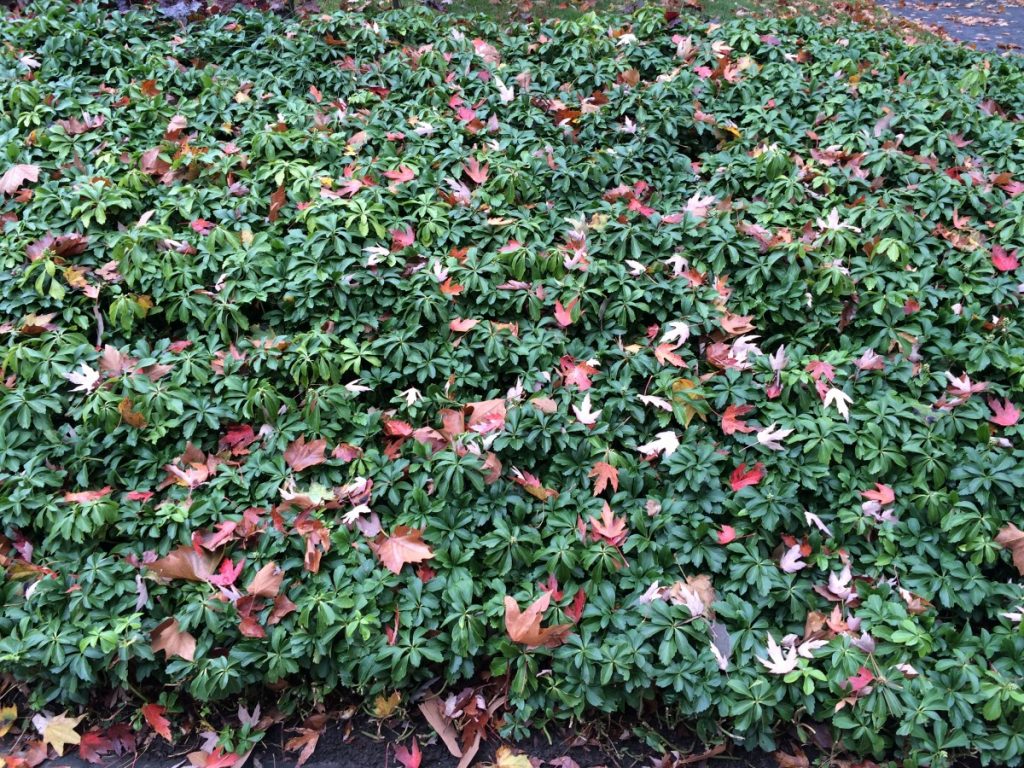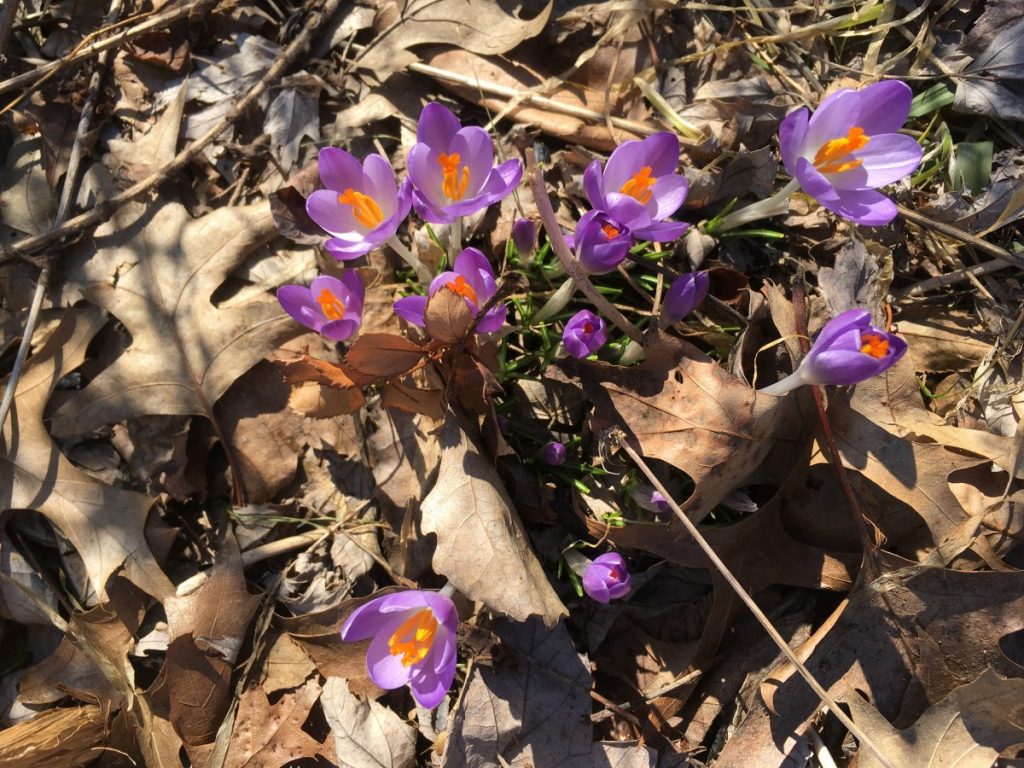
Late Fall is the perfect time to reflect on both the past and the future of our landscapes. For the most part, they are quietly going dormant now, requiring little effort from us other than raking leaves. In addition to wanting landscaoes that look beautiful and fill us with wonder, how can we make them more sustainable, thus contributing to the environment? There are several definitions of sustainability but the one I like best means that we do no harm to the earth and, in fact, leave it better than we found it.

Therefore, I watch in disgust each fall when people hire landscape contractors to blow leaves out of their landscape beds. These leaves are Mother Nature’s way of mulching the soil to deter weeds and improve the soil. Those leaves will decay through the united efforts of the weather and the micro-organisms in the soil.

Unquestionably, leaves must be raked or blown off groundcover and off lawns if mowing has ceased. If it has not ceased, the leaves can be shredded as the lawn is mowed and both the shredded leaves and clippings can be left on the lawn. The problem is that many of you think this looks messy. However, at the very least, areas that are not close to the house could be treated this way.

It seems to me that landscape contractors should instead be educating you,their clients, to the benefits of leaving those leaves in the beds. Let them make their money instead by adding a layer of leaf humus or double shredded hardwood bark on top of those leaves to help them decay faster. In fact, I rake leaves into my beds instead of raking them to the tree lawn. The better the soil is, the better plants will grow and be resistant to drought, insects, and disease.
If we recycle nature’s fertilizer, we will need less chemical fertilizer. There are companies that provide organic fertilizers and weed killers that do no harm to beneficial insects, pollinators, or birds. Speaking of mulch, please do not purchase shredded, dyed pallet mulch. Yes, it is cheap but it takes forever to decay. That’s a good thing, you say, because it won’t have to be replenished very often. It’s a bad thing, I say, because a good mulch does decay over time and improves the tilth of the soil.

Now that most of the trees and shrubs have lost their leaves, take the time to really look at your beds. What will you see during the winter? Is there anything evergreen? Is there any interesting architecture, e.g, branching structure? If those elements are lacking, winter is the time to think about what to add. Among your choices, look for those that are attractive to pollinators or do not require a lot of water. Are you looking at mulch? Perhaps, you should think about adding green mulch. What is that? It’s plants like perennials and grasses that cover the ground but don’t need a lot of maintenance. One of my favorites is Carex ‘Feather Falls’. This is a graceful, variegated sedge that looks small when installed but the leaves are long and cover a lot of ground, a clump growing at least eighteen inches in diameter. It does well in sun with irrigation and in part shade without it. What might you add?


0 Comments